|
Amazon and Google are top corporate buyers of U.S. wind, solar. The companies are on track to sign deals this year for 2.6 gigawatts. BLOOMBERG — Even in the age of coal enthusiast President Donald Trump, clean-energy developers are finding plenty of interest in wind and solar power from businesses with sustainability targets, especially technology companies. That was on display in a video tweeted Thursday by Amazon.com Inc. Chief Executive Officer Jeff Bezos, as he christened the 253-megawatt Amazon Wind Farm Texas in Scurry County. Amazon has bought more than 1.22 gigawatts of output to date from U.S. clean-energy projects, second only to Alphabet Inc.’s Google, with 1.85 gigawatts. Corporations have agreed to buy 1.9 gigawatts of clean power in the U.S. this year, according to Bloomberg New Energy Finance, and are on pace to match the 2.6 gigawatts signed last year. “Companies are declaring 100 percent renewable-energy targets,” said Kyle Harrison, a New York-based analyst at New Energy Finance. “This will drive new-build regardless of government subsidies. Sustainability is a primary driver.”
The Amazon Wind Farm Texas was built by Lincoln Clean Energy, an I Squared Capital Advisors company. It will deliver more than 1 million megawatt-hours of clean energy to the grid annually, Amazon said in a statement Thursday. It’s among 18 Amazon wind and solar projects in operation, and the company has more than 35 projects in development.
0 Comments
Five years. That's how soon batteries can be expected to sprout all over the electric grid as utilities and homeowners drop in on a wave of falling prices, a Duke Energy executive said in Chicago Thursday.
FORBES — "There's going to be a lot of excitement around batteries in the next five years. And I would say that the country will get blanketed with projects," said Spencer Hanes, a managing director of business development with the Charlotte, North Carolina-based utility. "With the way that the cost curves are coming down it's a big opportunity for all of us to deliver what customers want." What customers want, it seems, is solar-plus-storage. They want it enough that homeowners are propping up the battery business even before it can make them money, said Adam Gerza, chief operating officer of the solar software firm Energy Toolbase. "The momentums and drivers behind actual installed solar-storage projects are things like backup power and energy independence, and there's a little bit of a screw-my-utility kind of attitude," Gerza said, sitting alongside Hanes on a panel Thursday at Solar Power Midwest in Chicago. "In one word, it's almost like emotion." Most homeowner projects don't yet make economic sense, Gerza said. "There's actually a pretty big subset of people that still want to do it anyways. So that's happening, and frankly we need those creative use cases because purely from an ROI (return-on-investment) perspective it doesn't make sense just yet." But sometimes it does make sense, according to Troy Miller, the director of grid solutions for S&C electric, a manufacturer of grid components. "I think there are cases where it does make economic sense today, and they're only going to grow," Miller said, predicting market increases over the next five years in all three sectors: residential, commercial and industrial. Prices have dropped from about $800 per kilowatt hour in 2012 to $281 in 2016, Hanes said, and are expected to continue to fall by 9 percent per year. The prices are driven down by the electric car industry, and while most of those electric cars are being purchased in Europe and China, the U.S. is benefitting from the impact on the price of lithium-ion batteries. "You're going to see a cost decline that looks a lot like solar, and I think that's going to benefit customers as we figure out how to deploy solar and storage," Hanes said. "The good news is that the technology is now here where lithium-ion batteries and other batteries, they actually work now. They're becoming more cost competitive." The missing piece, according to Hanes, is policy. Energy-storage provides value to the grid in many forms, including reliability, improved power quality, deferred maintenance, but policy makers and regulators have to find ways to extract that value. "If a person wants solar plus storage on their home and it doesn't make perfect economic sense—we all do things in our lives that don't make economic sense," he said. "The point is, the future is coming where it's going to make sense, and we need to get ready for it and start developing the policies and the rules to let it happen." 80-90 GW new solar capacity will be added within 5-6 years. Solar panel costs to fall by 60% in next 10 years.
SINGAPORE, Oct 23 (Reuters) - Solar power costs will fall by another 60 percent over the next decade giving an already booming market another boost, the head of the International Renewable Energy Agency (Irena) said on Monday. Solar power is in the midst of boom because of sharp drops in costs and efficiency improvements, pushing global capacity from virtually zero at the start of the century to 300 gigawatt (GW) by the end of 2016, a figure expected to rise again by 2020. Irena expects 80 to 90 GW of new solar capacity, enough to power more than 8 billion LED light bulbs, to be added globally each year over the next 5 to 6 years, Adnan Amin, the director general of Irena told Reuters, exceeding a forecast of 73 GW from the International Energy Agency (IEA). “This could easily accelerate as costs decline in the future,” said Amin. “China alone can do 50 GW a year.” “In the next decade, the cost of (utility scale) solar could fall by 60 percent or more,” he said in Singapore on Monday. That growth will mark China as the world’s biggest and fastest growing solar market as Beijing relies on renewable power to cut air pollution from coal-fired power plants. While Amin said that India would also see sharp solar growth in coming years, he expected Southeast Asia to be more mixed. “There is a target of 23 percent (power generation) in ASEAN for renewables by 2025. We think it’s ambitious but it’s achievable,” he said. The solar power share of the Association of Southeast Asian Nations’ (ASEAN) 10 members is currently negligible. Amin said improvements in solar technology were especially expected from thin films, which can be applied on windows. While this is already possible, it remains prohibitively expensive. Irena also expects the cost of batteries, key to back up a technology that relies on daytime, to fall by 60 percent to 70 percent in the next decade. Despite its boom, Amin said potential U.S. trade barriers would only make solar energy more costly for the world’s largest oil consumer. U.S. President Donald Trump is expected to announce by early next year whether to take measures to limit imports after the U.S. International Trade Commission found in September that domestic panel makers had been harmed by cheap imports. “It’s not always the best strategy to try to protect your industry and have high prices. Because in the long-term what you want to do is drive down the cost of energy,” Amin said. The team from Eindhoven University of Technology took the grand prize at the bi-annual World Solar Challenge this week. The "Stella Vie" was able to carry five people across more than 3,000km at an average speed of 69 km/h. FUTURISM — In this week’s bi-annual World Solar Challenge, a Dutch team from the Eindhoven University of Technology snagged the overall win for their unique concept: a electricity-generating solar car that gives back to the grid. According to Green Car Congress, the car, called the “Stella Vie,” was able to transport up to five people (an average of 3.4 people per kilometer traveled) using only 48 kWh of electricity. Most of the electricity used was generated on the course. Even more impressive, the vehicle is said to be able to generate more electricity than it uses. This means that not only can it provide a clean means of transportation, but it can also allow users to feed power back into the grid. “This is the future of solar electric vehicles. When your car is parked at home it can be charging and supplying energy back to the grid,” said event director Chris Selwood in a press release. The winner for speed, “Nuna 9,” developed by the Nuon Solar Team from the Netherlands, was first across the finish line of a more than 3,000-kilometre (1,860-mile) Australian course that extended from Darwin to Adelaide. This is the third straight win for the Nuna 9 team. Yet the overall winner of the competition takes design, practicality, energy efficiency, and innovation into account.
Eindhoven’s electricity-generating solar car might not be the speediest car on the track, but it could be a huge boon for families and the electric grid alike. “Through a smart charging and discharging system she charges the battery when the demand of energy from the grid is high and vice versa,” Team Eindhoven said in a release. “Any surplus energy generated can easily be supplied back to the grid.” SOLAR AGE The goal of the Cruiser class is practicality, with the 12 cars in the class aiming to prove the viability of solar-powered family vehicles. More mainstream developers have also started dipping their toes into integrating solar power into their vehicles. One solar car company, Lightyear, has emerged with the promise of practical solar-powered vehicles by 2030. Chinese solar panel manufacturer Hanergy Holding Group has also formed a Solar Vehicle Business Division equipped with four prototypes for solar powered vehicles. Elon Musk of Tesla toyed with the idea of including solar panels in the roof of Tesla’s Model 3, before deciding that the company would “scrap that idea.” Solar powered cars have a long way to go before we can expect to see them cruising on the streets. Still, the prospect of a vehicle that relies only on clean energy, coupled with the ability to feed back into the grid, leaves a lot to get excited about. This week Target announced a new climate policy and goals based on the Science-Based Targets initiative, including a commitment to source 100% renewable energy in its domestic operations. CLEAN TECHNICA — Target published its new climate policy and goals on Tuesday, created with the Science-Based Target initiative “in mind” in an effort to “keep making progress” on its existing global and local environmental efforts. As Target highlight in their announcement, the company is a two-time ENERGY STAR partner of the year, and the Solar Energy Industries Association’s (SEIA) 2016 top corporate solar installer in the US. Target’s new climate policy opens by simply stating that “Target acknowledges the scientific consensus that the climate is changing, that our business is contributing to that change, and that our supply chain, operations, and customers will continue to be impacted by the effects of climate change.” As a result, Target is “committed to reducing our greenhouse gas (GHG) footprint, and to engaging constructively with industry peers, value chain partners, external stakeholders, and policymakers to help accelerate the transition to a low-carbon economy.” “Target has long been committed to making our business more sustainable, which leads to a stronger, cleaner supply chain and operations, and a healthier environment for our team members and guests,” explained Brian Cornell, chairman and CEO, Target. “That’s why we’re setting goals to reduce our greenhouse gas footprint, and working with our industry partners, policymakers and other stakeholders to accelerate the transition to a low-carbon economy.” CLEAN TECHNICA — Target published its new climate policy and goals on Tuesday, created with the Science-Based Target initiative “in mind” in an effort to “keep making progress” on its existing global and local environmental efforts. As Target highlight in their announcement, the company is a two-time ENERGY STAR partner of the year, and the Solar Energy Industries Association’s (SEIA) 2016 top corporate solar installer in the US. Target’s new climate policy opens by simply stating that “Target acknowledges the scientific consensus that the climate is changing, that our business is contributing to that change, and that our supply chain, operations, and customers will continue to be impacted by the effects of climate change.” As a result, Target is “committed to reducing our greenhouse gas (GHG) footprint, and to engaging constructively with industry peers, value chain partners, external stakeholders, and policymakers to help accelerate the transition to a low-carbon economy.” “Target has long been committed to making our business more sustainable, which leads to a stronger, cleaner supply chain and operations, and a healthier environment for our team members and guests,” explained Brian Cornell, chairman and CEO, Target. “That’s why we’re setting goals to reduce our greenhouse gas footprint, and working with our industry partners, policymakers and other stakeholders to accelerate the transition to a low-carbon economy.” The hallmark of Target’s new climate policy and goals is a commitment to source 100% renewable energy for all their domestic operations. Target is set to focus their efforts to meet their new policy and goals in five specific areas:
Increasing adoption of renewable energy in our own operations, our supply chain, and on the electricity grid;
Target will continue their partnership with the WWF and their promotion of water conservation — which, according to Target, has already saved over 22 million gallons of water through the optimisation of outdoor irrigation systems at 176 of their stores.The hallmark of Target’s new climate policy and goals is a commitment to source 100% renewable energy for all their domestic operations. Target is set to focus their efforts to meet their new policy and goals in five specific areas: Increasing adoption of renewable energy in our own operations, our supply chain, and on the electricity grid;
Target will continue their partnership with the WWF and their promotion of water conservation — which, according to Target, has already saved over 22 million gallons of water through the optimisation of outdoor irrigation systems at 176 of their stores. Coal can’t compete with cheaper clean energy.
Last week, Trump’s EPA administrator Scott Pruitt announced, “the war on coal is over.” If there ever was a war on coal, the coal industry has lost. According to a new report from the Union of Concerned Scientists, many old American coal power plants are being retired or converted to natural gas, and new coal power plants aren’t being built because they’ve become more expensive than natural gas, wind, and solar energy: "The share of US electricity coming from coal fell from 51 percent in 2008 to 31 percent in 2016—an unprecedented change. New UCS analysis finds that, of the coal units that remain, roughly one in four plans to retire or convert to natural gas; another 17 percent are uneconomic and could face retirement soon." Natural gas has now surpassed coal to supply 32% of US electricity (up from 21% in 2008), and solar and wind are up to 10% (from 3% in 2008). This trend will continue. As old coal plants continue to retire and be replaced by cheaper renewables and natural gas, their share of the US electricity supply will continue to plummet, and coal will become a fossil fuel in every sense of the word. That’s why American companies continue to invest in cheap, clean renewable energy. As a result, our air and water are becoming cleaner, Americans are becoming healthier, and our carbon pollution is falling. The shift away from coal poses a challenge for regions in which the local economy depends on it, but the transition is inevitable. A wise economic policy would involve funding programs to help those regions adapt to the change during her presidential campaign. A recent study showed that Americans are willing to pay a carbon tax with some of the revenue going to assist displaced coal workers. The Trump administration has instead opted to try and slow coal’s inevitable decline. As the Atlantic continues to churn out some of the deadliest storms on record, the repercussions continue to rock the South and southeastern U.S. Whether it is the physical impact of the recent storms on solar projects or the economic impact throughout energy markets, how do these events affect the solar industry, and to what extent?
Braving the Elements RENEWABLE ENERGY WORLD — When storms of the magnitude we’ve seen this summer approach operating solar assets, there are many measures taken to prepare for the oncoming weather. Strong winds, especially those found in Category 3-5 hurricanes, can pose one of the greatest environmental threats to solar energy systems. Systems are given ratings based on their wind resistance, which vary based on local building codes (systems in Florida, for instance, can generally withstand 140+ mph winds). While fixed-tilt arrays are forced to brave strong winds in their set orientation, modules on trackers can either be set flat or on an angle with the wind that enables them to minimize potential uplift forces. While preparing for a potential storm, care should also be taken to remove any loose debris, as these items can shatter the front glass of the panels. Even with these measures, 140+ mph winds or hurricane-related debris may make damage to systems unavoidable. Flooding from a hurricane’s torrential rainfall can also be a concern for ground mount systems, though precautions are taken for this as well. Most ground mounted systems are designed on sites with storm water runoff plans or retention ponds. Even if water levels do rise, many systems are designed to mount inverters, tracker motors, controllers, combiner boxes, weather stations, data acquisitions systems, and other sensitive equipment at a high clearance above ground level. Enclosures for components should be rated at least NEMA (Natural Electrical Manufacturers Association) 3R, 4, or 4X to ensure protection against moisture ingress and other unwanted environmental impacts. Assessing the Damage PV systems may be proactively or reactively taken offline, which can lead to many days of revenue losses for systems owners. Though many systems have hurricane insurance, some policies, for example, might have a 10 or 14 day deductible for extreme weather events. Therefore, a storm that keeps a system offline for 8 days under that policy would yield no relief for the owner. In states like Florida, systems are required to be grid-connected, even if residential, and will be forced offline when the grid goes down. Even if a system is not damaged and is capable of providing power, homeowners will have to wait until the grid’s power is restored before their solar system can return online. As the industry matures, system designers and installers are learning from past failures. Product design, installation practices, and inspections have improved over time. Recent history has shown that solar is quite resilient in the face of extreme weather. After Sandy hit New Jersey and New York, solar installers in the region reported very little damage to their installs. Of course, solar will be susceptible to damage from category 5 winds or flying debris, but then again, what isn’t? Realigning Priorities The effects of major storms on the solar market extend beyond immediate impacts on assets themselves. Because insurance companies comprise a significant portion of the investor class for commercial and utility-scale solar, those facing high payouts in affected areas may not jump into new solar investments until they have fully assessed damage and likely payouts. Stocks for insurance companies have already seen dips in the aftermath of these extreme weather events. Robert DeRose, senior director at A.M. Best told Fortune that the storms would likely “translate into an underwriting loss for the year.” Insurance companies without profits are insurance companies without tax liability to invest in solar — resulting in a pause, at minimum, or potentially a dip in available tax equity in the market. Corporations headquartered or with significant operations in affected areas may experience a similar effect. The impact can also reach large solar assets currently under construction, as utilities are prioritizing repairs to the grid. Scheduled inspections, testing, or approvals from utilities that are required to move ahead with a solar installation may be delayed as utilities work to get their customers’ power back online. Delays are currently plaguing orders for equipment with long lead times, such as transformers and switch gears, as availability is being prioritized for storm-affected areas. Solar has always been a resilient industry, in the face of policy, in the face of cheap natural gas, and in the face of extreme weather as well. As the affected areas recover, and roofs are rebuilt, solar will continue to grow, especially in the sun-rich Southeast. Parisian officials have announced plans to completely phase out usage of fossil fuel-powered cars by 2030. The entire nation will follow with its own restriction in 2040.
FUTURISM — Soon, drivers will only have the option of using electric cars in Paris as authorities in the French capital have announced plans to remove all gas- and diesel-powered cars by 2030. “This is about planning for the long term with a strategy that will reduce greenhouse gases,” transport official Christophe Najdovski told France Info radio, according to a report from Reuters. “Transport is one of the main greenhouse gas producers…so we are planning an exit from combustion engine vehicles, or fossil-energy vehicles, by 2030.” Diesel-powered vehicles are actually set to be outlawed in Paris before their gas-powered equivalents. The deadline for those cars is 2024, which is when the city will play host to the Olympic games. In a statement announcing the transition to only electric cars in Paris, officials made sure to clarify that the removal of all other types of cars by 2030 should not be interpreted as a ban but a “trajectory.” However, they did not clarify what, if any, penalties would be faced by those who didn’t meet the goal. While fossil fuel emissions affect all of France and, indeed, the whole planet, Paris is a hotspot for particle pollution. City officials are often forced to issue temporary bans on gas- and diesel-powered cars in response to particularly bad surges. OUT OF GAS The use of only electric cars in Paris by 2030 is just one of France’s several announced efforts to decrease the use of fossil fuels. By 2040, the country expects to not only have banned the use of petrol- and diesel-powered cars outright, but to have ceased production on all fossil fuels, too. France is far from the only nation phasing out the use of gas- and diesel-powered cars, though. Germany was actually the first to announce plans for a ban on combustion engines for 2030, while the U.K. aims to dump non-electric vehicles by 2040. China is said to be drawing up a timetable for when the production and usage of non-electric cars will cease, and India expects that all new cars sold in the nation will be electric by 2030. The U.S. has yet to make any sweeping statements about when similar changes might be made, but the state of California is already well ahead of the curve. Last month, reports surfaced that officials were investigating whether a ban on non-electric cars could help the state reach its lofty goals with regards to climate change. The days of gas- and diesel-powered cars are seemingly numbered, and many governments appear eager to take a proactive approach to the transition. The real question is which automakers are going to be able to keep up and emerge as leaders in the age of the electric car. Switching to solar power can pay you back in more ways than a lower electric bill.
Houses with solar panels have been proven to have a higher resale value. Even if you sell your home before you’ve had the opportunity to use solar power over a long period, the panels are still a great investment. After 8 years of research on U.S. home values, scientists at Lawrence Berkeley National Labs concluded that houses with solar power sell for more. For a house with about 3kW of solar power– the average amount in the study– the sale price was about $17,000 more than a non-solar home. The researchers pointed out that the average boost in resale price was more than the average amount homeowners spent to get their solar systems. During the study period (2001-2009) solar purchasers spent $5/watt on average, which allowed them to not only recoup their original investment, but to also make money on top of it. The cost of installing solar power is even lower now – closer to $4/watt. With the declining cost of solar panels, homeowners are now getting an even better return on their investment. Why do buyers pay more for homes with solar power? While there are many benefits to going solar, and many are motivated at least in part by environmental reasons, you can’t argue with the math: the new owners will be saving so much on their power bills that the premium makes sense. Another way to estimate your house’s resale premium is to calculate how much you have reduced your annual electric bill, and then multiply that by 20. So, if you’ve reduced your annual electric bill by $1,000, you can expect that your house will be able to sell for about $20,000 more than it would have without solar panels. Why 20? Your home solar panels are expected to last at least 25 years at 90% of their original efficiency. 20 years makes for a nice conservative estimate of future savings and valu Oil production slowed to a trickle in the Gulf of Mexico this weekend as energy companies turned off the taps and evacuated workers in preparation for Hurricane Nate.
CNBC — More than 92 percent of crude output was offline in the nation's offshore production hub as of Sunday morning, according to the U.S. Bureau of Safety and Environmental Enforcement. Energy companies also "shut in" nearly 78 percent of natural gas production, the bureau estimated, based on reports from companies. The storm developed into a hurricane on Friday night and strengthened as it passed through the central Gulf of Mexico, before making landfall near the mouth of the Mississippi River. U.S. producers shut down about 300 of the 737 offshore platforms in the Gulf of Mexico to avoid potential damage. On Monday, it appeared that much of the vast infrastructure had emerged from the storm unscathed and production at offshore platforms could soon resume. The National Hurricane Center downgraded Nate to a post-tropical cyclone as it moved out of the area. "It's really been a minor event as far as the energy infrastructure is concerned," said Andrew Lipow, president of Lipow Oil Associates. "Damage to energy infrastructure including oil production and refining is minimal." The market should expect to see a decline in U.S. crude stockpiles in next week's closely watched government data, analysts said. Lipow estimates a loss of roughly 8 million barrels of oil output. U.S. oil inventories have been falling, helping to drain global oversupply, but Hurricane Harvey contributed to several weeks of stock increases last month. U.S. crude prices were up 35 cents to $49.64 on Monday, coming off the worst weekly loss for the commodity since June. Refineries further west have largely restored operations after Hurricane Harvey pummeled southeastern Texas about six weeks ago, shutting down about a quarter of U.S. refining capacity. About 95,000 customers in Alabama, Florida, Georgia, Mississippi and Tennessee were without power on Sunday evening, according to the Edison Electric Institute. |
James Ramos,BPII'm your go to solar energy expert here to guide you step-by-step through all of your solar options. Categories |
James The Solar Energy Expert
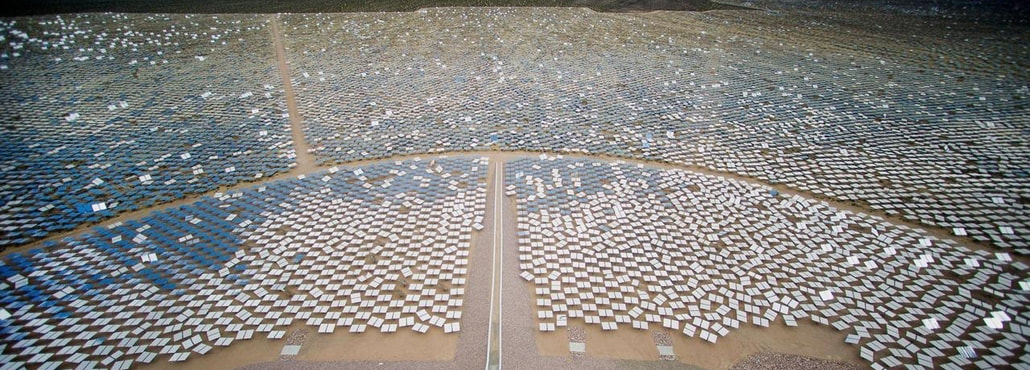
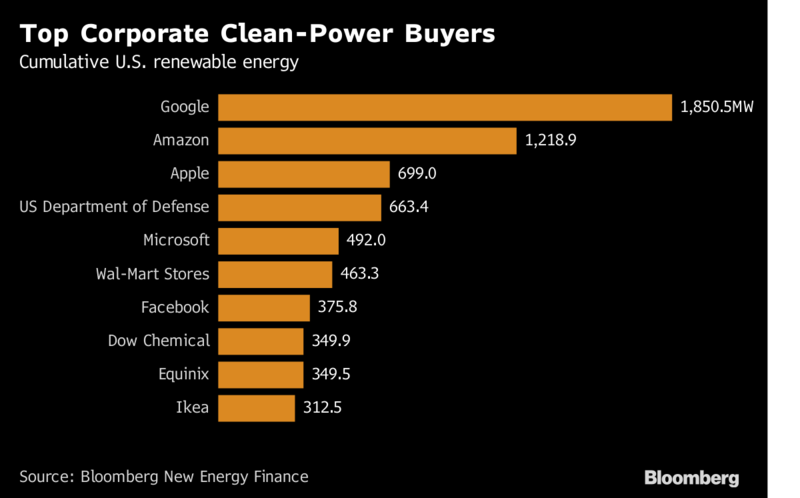
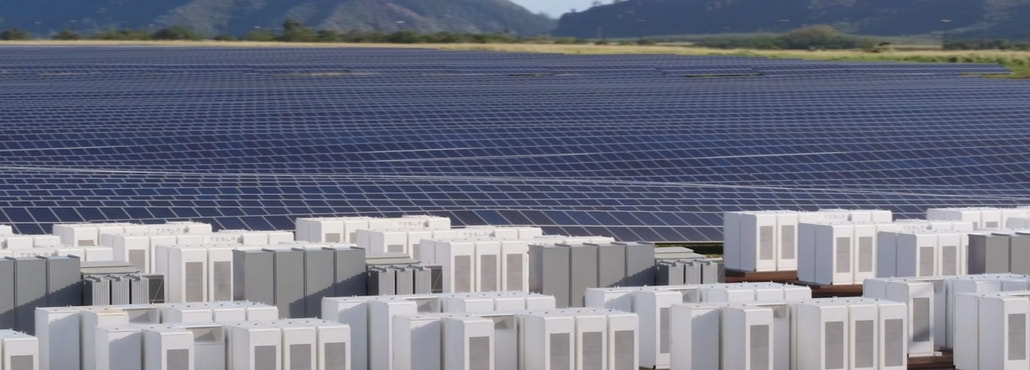
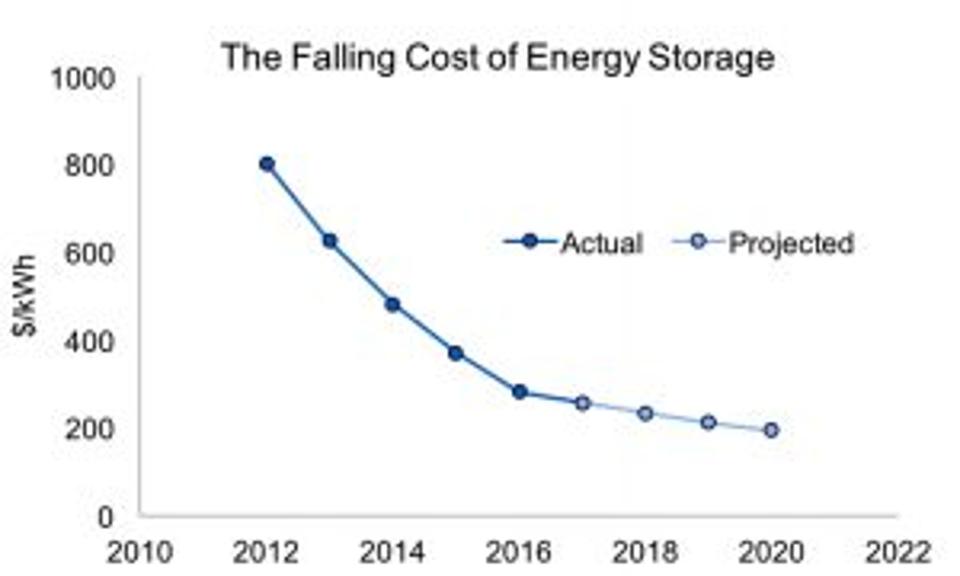
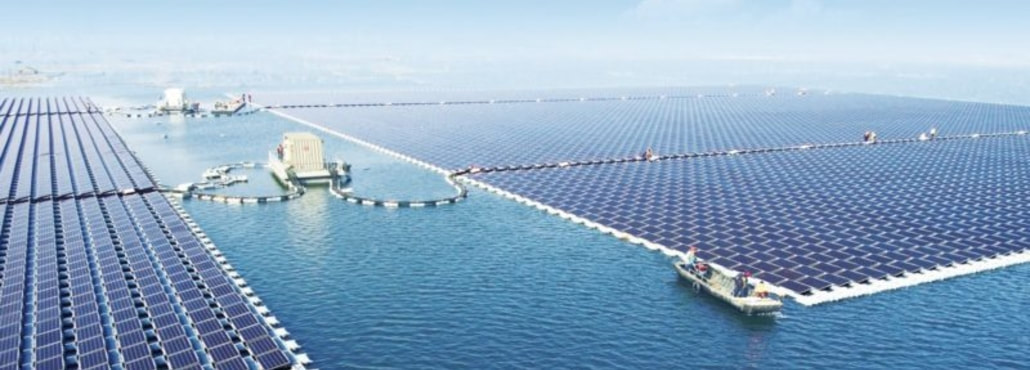
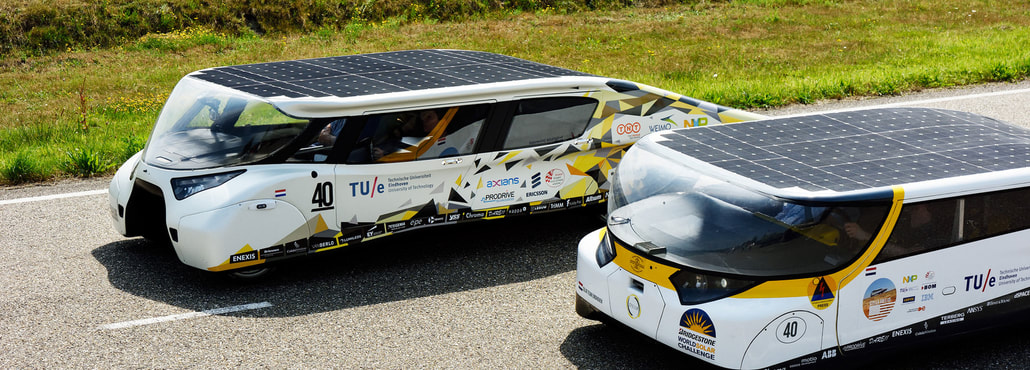
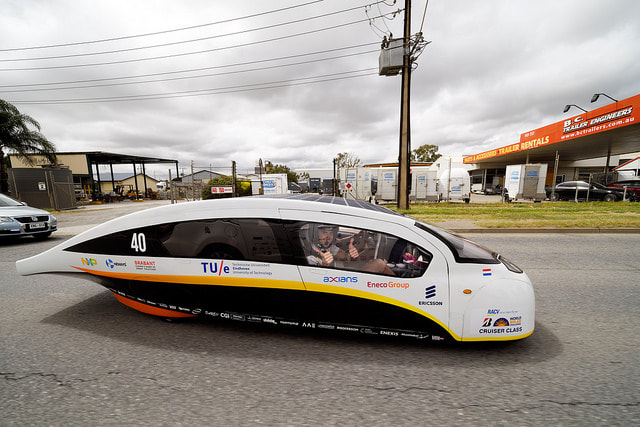
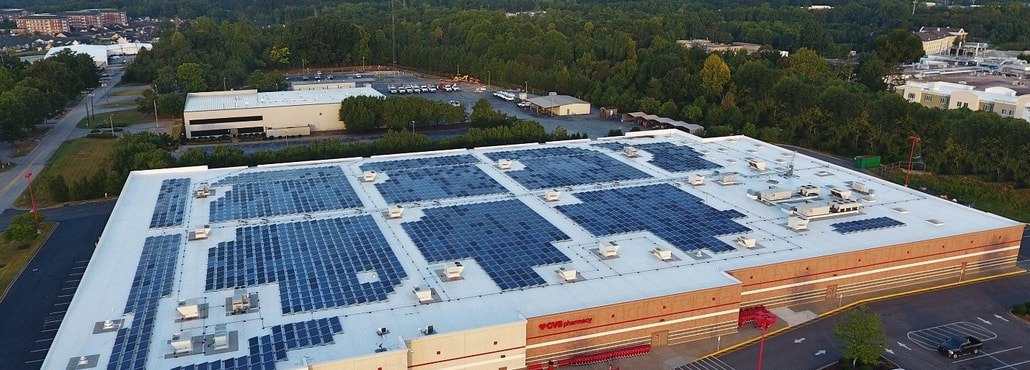
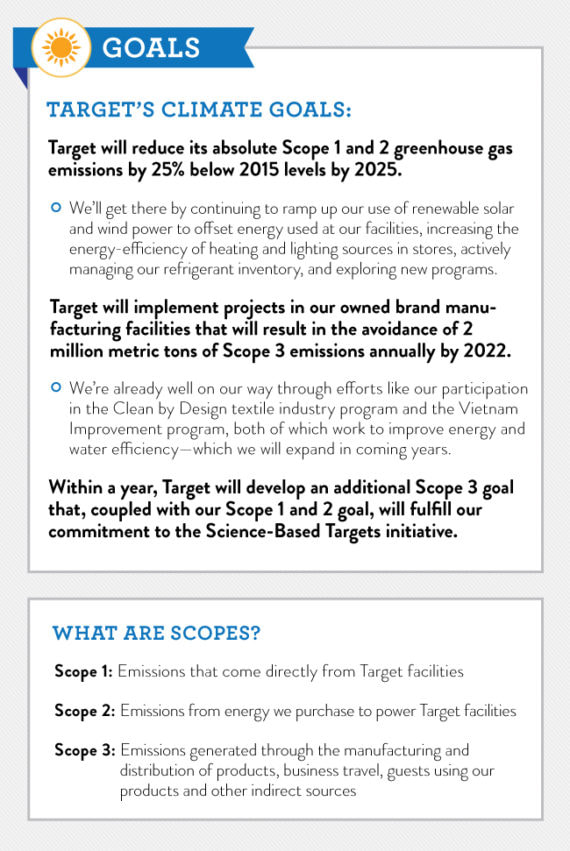

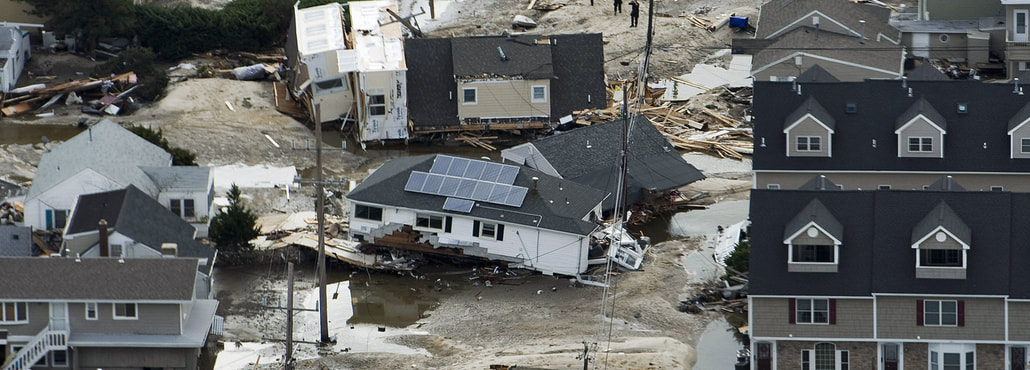



 RSS Feed
RSS Feed
